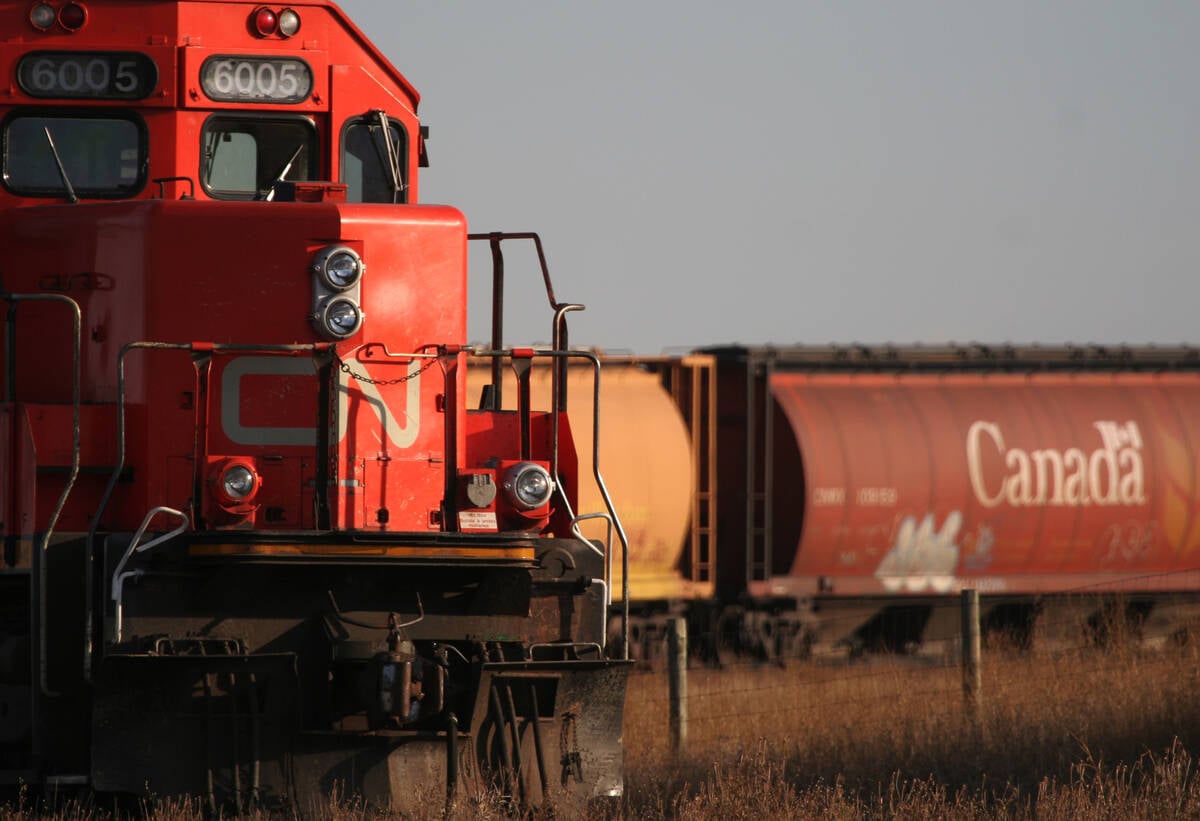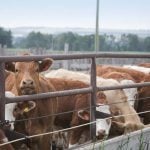CHICAGO, Ill. (Reuters) — The number of cattle placed in U.S. feedlots for fattening last month fell more than expected to the smallest on record for that month.
High feed costs curbed purchases by feedlots.
The U.S. Department of Agriculture’s cattle-on-feed report showed the number of cattle arriving at feedlots in September at 2.004 million head.
That was down 19 percent from a year earlier and the smallest for the month since the USDA began the data series in 1996. It was also the biggest percentage drop since June 2010, when placements fell 19.8 percent.
Read Also

Canada-U.S. trade relationship called complex
Trade issues existed long before U.S. president Donald Trump and his on-again, off-again tariffs came along, said panelists at a policy summit last month.
Analysts polled by Reuters expected a 14.9 percent drop in placements.
Feedlots lost money on cattle bought from ranchers and sold to packing plants as a historic drought catapulted feed grain prices to record highs last summer and doubled the cost for hay.
The pool of younger cattle had also shrunk after last year’s drought in the U.S. southwest reduced the herd to its smallest in 60 years, which has resulted in fewer cattle now.
“Corn prices were high, feedlots suffered huge losses and there were not a whole lot of cattle outside of feedlots to be placed,” said University of Missouri livestock economist Ron Plain.
Livestock Marketing Information Center director Jim Robb said Arizona was the only state of those reported in the government’s survey that showed a placement increase.
“There was a large decline in the placement of cattle weighing 800 pounds and heavier, much of that driven by this year’s drought,” he said.
“Those heavy-weight placements were marketed earlier than normal this year because of the drought.”
The USDA put the supply of cattle in feedlots on Oct. 1 at 10.989 million head, or 97 percent of the year-ago total, versus a 97.8 percent forecast.
The department said the number of cattle sold to packers in September was down 12 percent from a year earlier to 1.598 million head, compared to expectations of a 10 percent drop.
The placement outcome could provide relief to the deep-deferred Chicago Mercantile Exchange contracts, while marketings could weigh on nearby trading months, analysts said.














